Applying sunscreen on the daily may seem like second nature to most of us, to say the least, but there are still many misconceptions, or shall we say, myths, that many seem to confuse themselves with when it boils down to sunscreens and the effects it has on our skin. Typically, you’d find yourself reaching out for that foundation of yours, infused with SPF for some protection, but does it really give ample protection from the sun’s harmful UV rays? Many of us have likely asked the same question and the sheer thought of applying another layer before our makeup is something we’d horribly dread. Another step in your skincare routine? Yeah, no thanks.

But the truth of it all, are any of these myths true to any extent? Well, that’s what we’re here for. Ahead, we’ve debunked some of the sunscreen myths that have been floating around lately and a few tips that you didn’t know about sunscreens.
1. RELYING ON SPF-INFUSED PRODUCTS
You find yourself skipping on sunscreen and relying on SPF infused products for protection (and in fear of botching up your makeup) — and maybe because you’re too lazy — hands up! Yes, we’ve been there.

We’re not saying that these SPF-infused products are bad but the real question is — does it protect you well enough? The answer is: no.
Makeup with SPF does offer some protection but relying on your powder or foundation, as your primary source of UV protection isn’t enough. In place of your usual sunscreens, you’d actually have to apply a few layers of your makeup to achieve the same level of protection, but let’s be real, that isn’t the look we’re digging unless you’re planning on caking up.

So if you’re looking for a lightweight option that doesn’t weigh down on your skin and absorbs quickly into the skin, peep Anessa’s Perfect UV Sunscreen Skincare Milk.
2. USING SUNSCREEN ABOVE SPF50
“The higher the SPF the better!”
True, but to a certain extent. By now, you should be familiar with all the sunscreens that have promised sun protection from as low as SPF 15 and even up to SPF 100. So what’s the difference? Besides the fact that it offers adequate sun protection from UV rays, it’s been said that sunscreens with SPF 15 blocks 93% of UVB rays while SPF 30 blocks 97%, and SPF 50, blocks out 98%.

Then comes the question — will sunscreens with SPF 100 block out 100% of UVB rays? Well… You wish. In fact, they are marginally better and only block out 99% of UVB rays — which eventually results in most users not reapplying sunscreen all thanks to the false sense of security.

In short, no sunscreen can block out 100% UVB rays no matter its claims and you’d be better off with a sunscreen with a lower SPF so you’ll find yourself applying it more often and more liberally.
3. “UVB AND UVA ARE THE SAME”
They are not. As you may have well known by now — there are two types of UV rays: UVA and UVB. UVA, in this case, harms the skin in a way that it goes in deeper into your skin and causes skin ageing — accounting to 95% of the UV light that reaches our skin. Unlike UVB rays, you also don’t feel the effects of the rays damaging your skin which has also been said to “contribute in destroying key substances in skin that give it its firmness and elasticity.”
UVB, on the other hand, “isn’t as skin-penetrating or ever-present as UVA rays.” Responsible for sunburns and other visible changes, UVB rays are more prevalent in sunny climates and also may contribute to skin cancers.

To block out UVA rays, always keep a lookout for the PA rating system that you can find on SPF-infused products which indicates the product’s UVA protection strength. In an article by Paula’s Choice, it has been said that “PA+ means your sunscreen or cosmetic provides some protection against UVA rays, PA++ provides moderate protection, and PA+++ offers the best protection of the three.” For added reassurance, keep in mind that UVA rays can be blocked out by ensuring that the sunscreen contains zinc oxide, avobenzone, and ecamsule, or have a “broad spectrum” label on any SPF-rated products.
As for UVB rays, it’s easier to take note of the SPF on labels which indicate the level of UVB protection — so the higher it is, like SPF 50, the better.
4. SUNSCREEN WITH A HIGHER SPF CAN PROTECT YOU ALL DAY
We don’t blame you if you’d think that the higher the SPF, the less likely you’ll have to reapply your sunscreen. Without protection, our skin is more prone to getting a sunburn after 10 minutes of exposure to the sun, whereas with a sunscreen with SPF 15, it boosts sun protection by 15 times — so you’ll most probably be prone to getting a sunburn after 150 minutes. Yay?

But the main point is — always reapply sunscreen when you’re outdoors especially for long hours.

For a non-compromising product that helps to reapply your sunscreen on top of your makeup, look over to products like Supergoop!’s Invincible Setting Powder which adds a translucent layer on top of your makeup which you can reapply throughout the day — and it also locks in your base so you won’t have to deal with that mid-day oil slick.
5. YOU DON’T NEED SUNSCREEN ON CLOUDY DAYS
Whoever said you don’t need sun protection on cloudy days obviously doesn’t know that they’re wrong. Whether it’s a bright and sunny morning or even a gloomy cloudy afternoon, applying a layer of sunscreen before you head out is a definite must.
“But the sun isn’t even out?” Clouds filter out sunlight but they don’t filter out UV rays. So without that extra layer of protection, your skin would still be prone to UV damage.
It goes the same if you’re indoors. With standard glass windows, you’ll only be blocking out the UVB rays, but the UVA rays are still able to pass through. So if you find yourself in a well-lit environment no thanks to the sun and the windows, be it in your office or at home, you should still put on some sunscreen to prevent damage from UVA rays.
6. DOES SUNSCREEN STOP YOU FROM GETTING A TAN?

You’re skipping on sunscreen to build on that tan of yours you’ve been working all summer — but at what cost? Sunscreens work to filter out the harmful UV rays that damage your skin and prevent you from getting a sunburn, but it doesn’t prevent the production of melanin from happening.
So yes, you can still get a slight tan even with sunscreen on — though no amount of deliberate tanning is considered safe, remember to limit your time in the sun!

Alternatively, you can also opt-out of your tanning session and try a safer option with the help of a Tinted Self-Tanning Body Mist like this one from the Sephora Collection.
7. APPLYING SUNSCREEN RIGHT AFTER GOING OUT

Guilty of applying sunscreen only when you’re outdoors? Reapplication aside, when you’re applying your first layer of sunscreen, it’s important that you give your skin about 15-20 minutes for the sunscreen to sink into the skin to ensure that you’re fully protected when you step out of the house. If you’re running late, you can also consider applying it before you wear your clothes or a bikini.

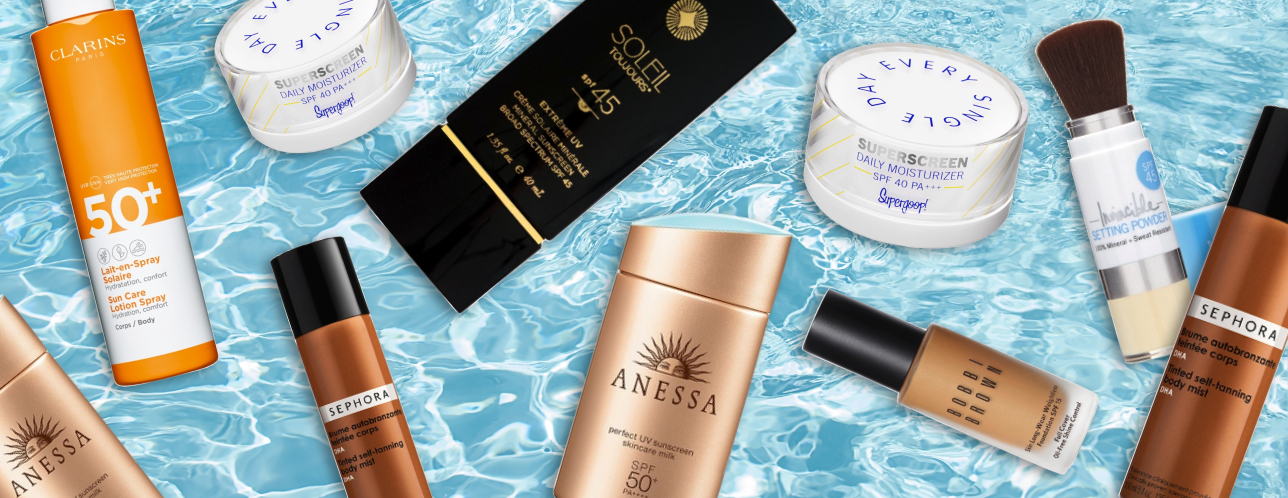
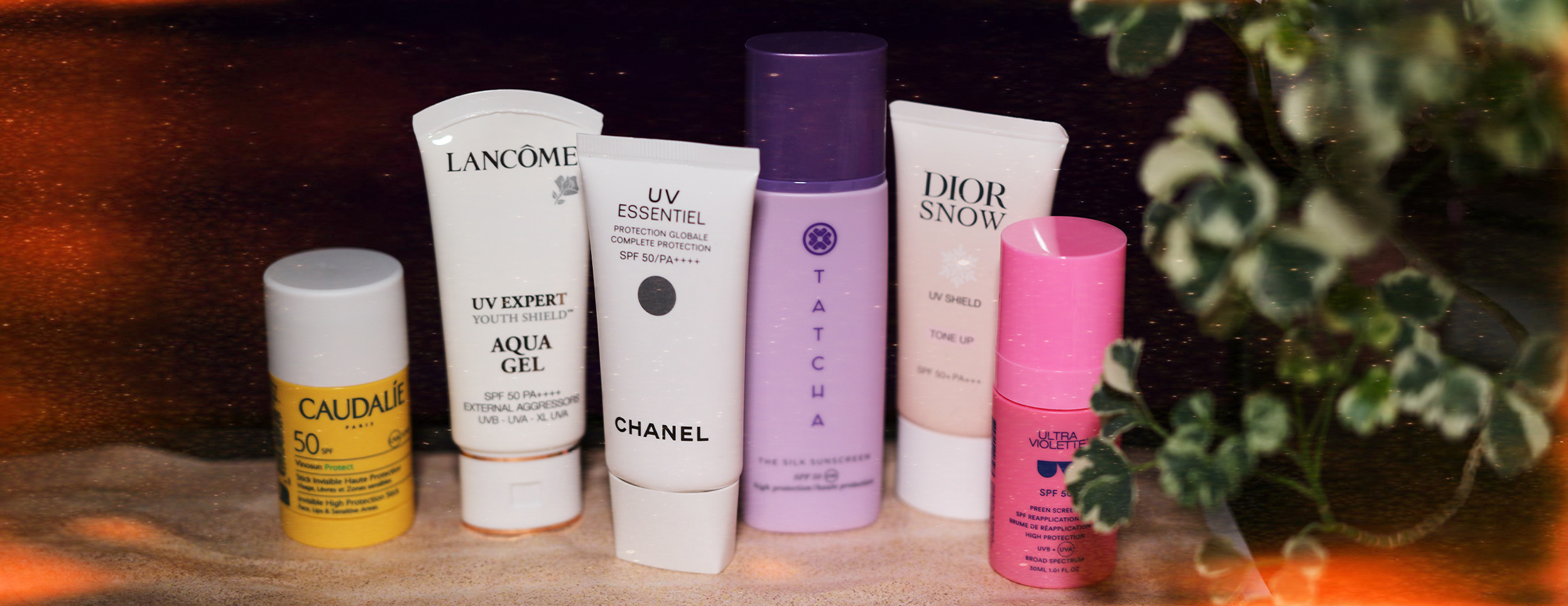
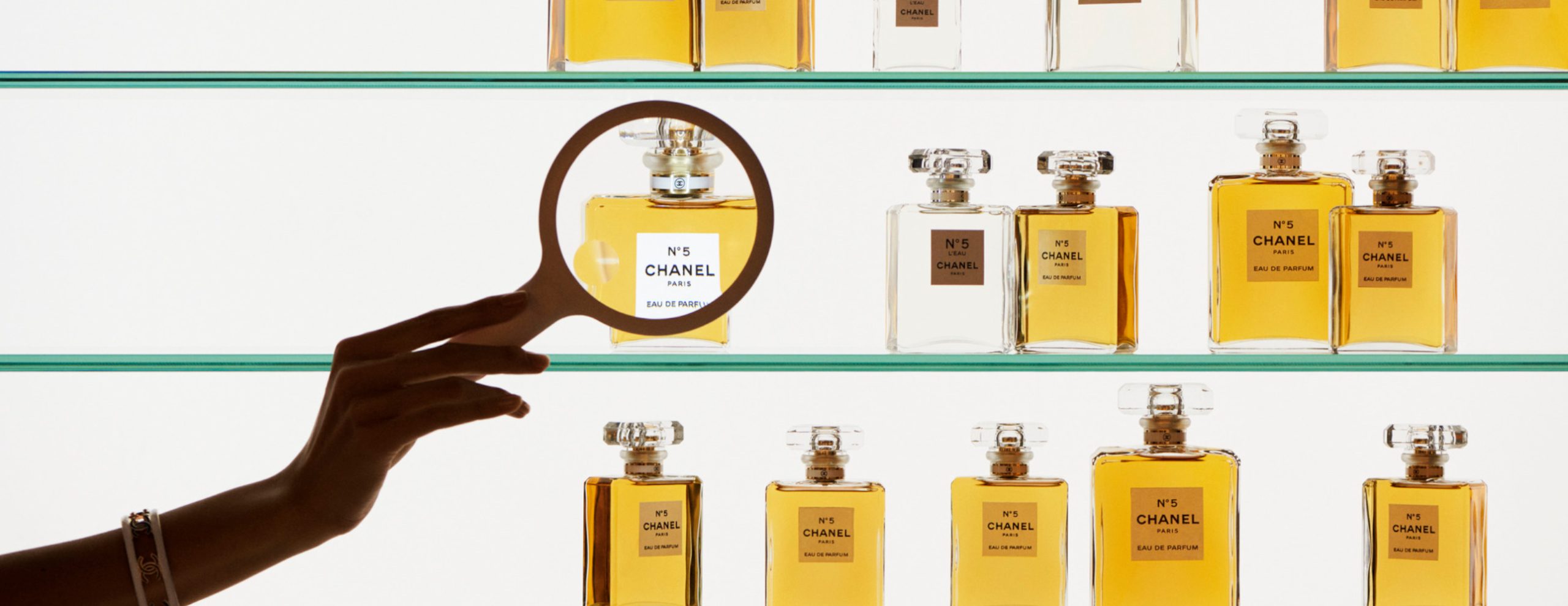
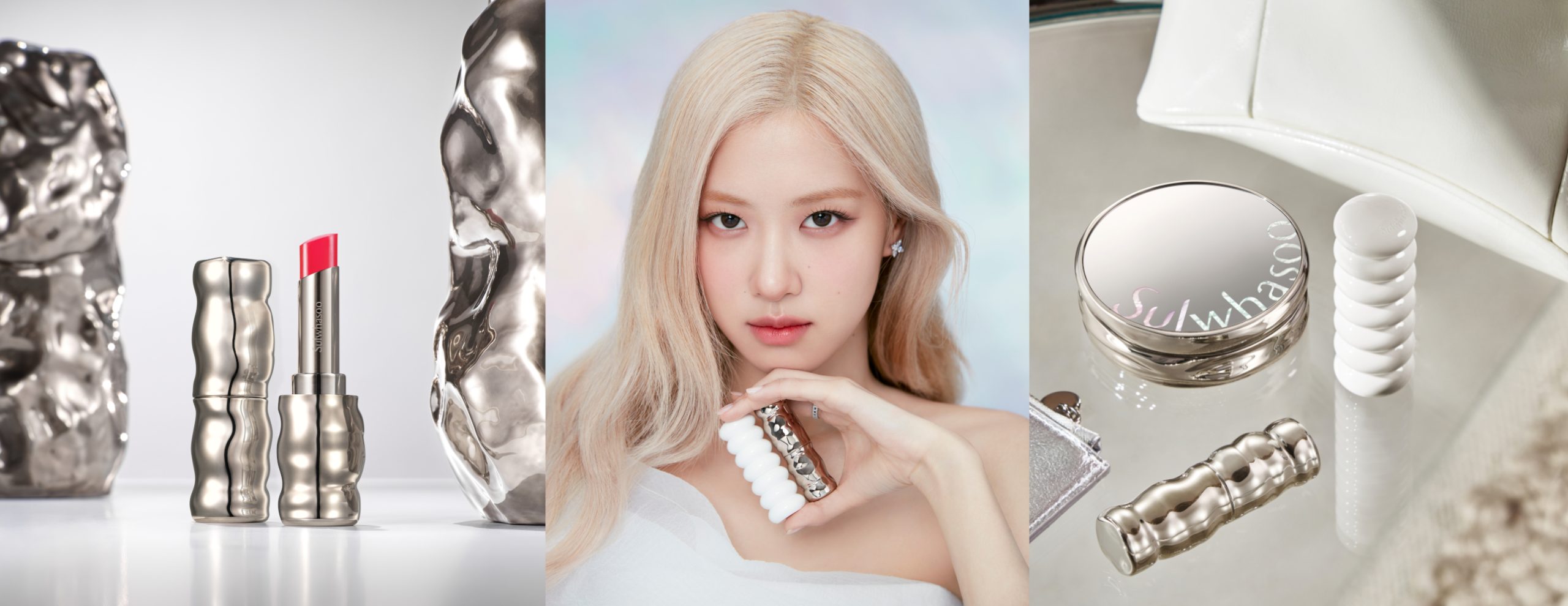
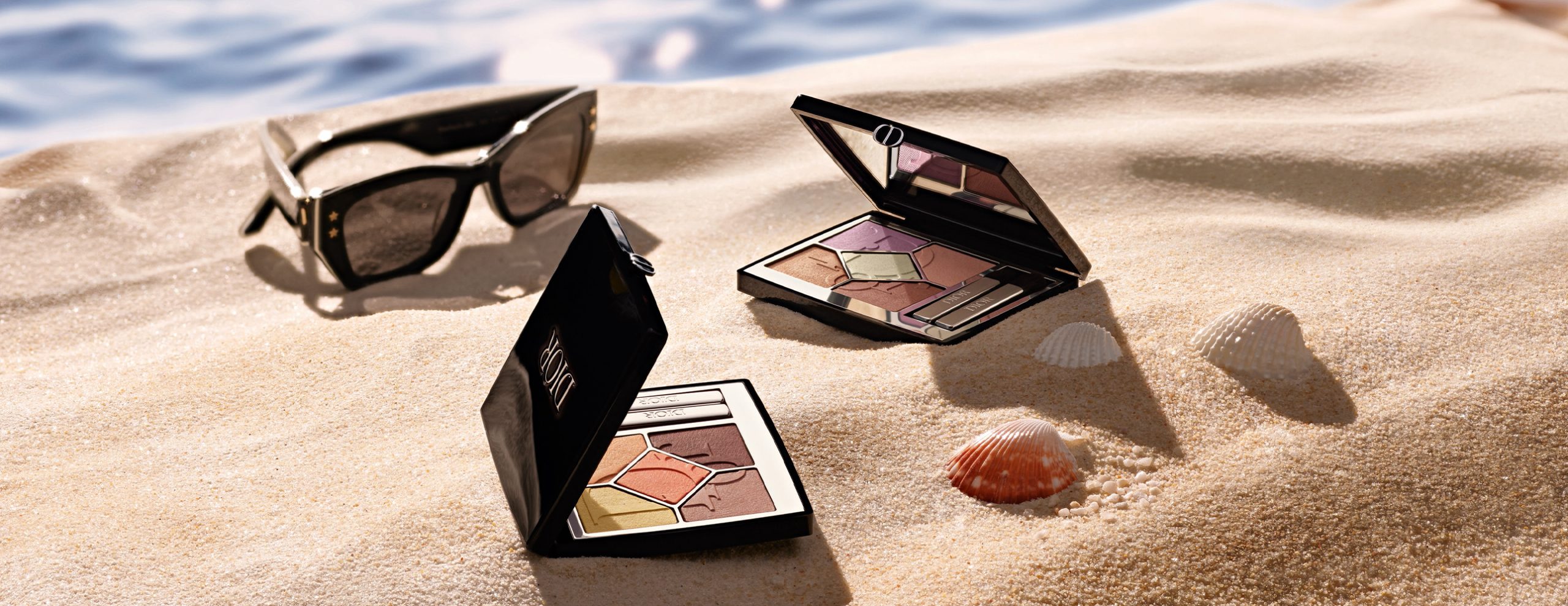
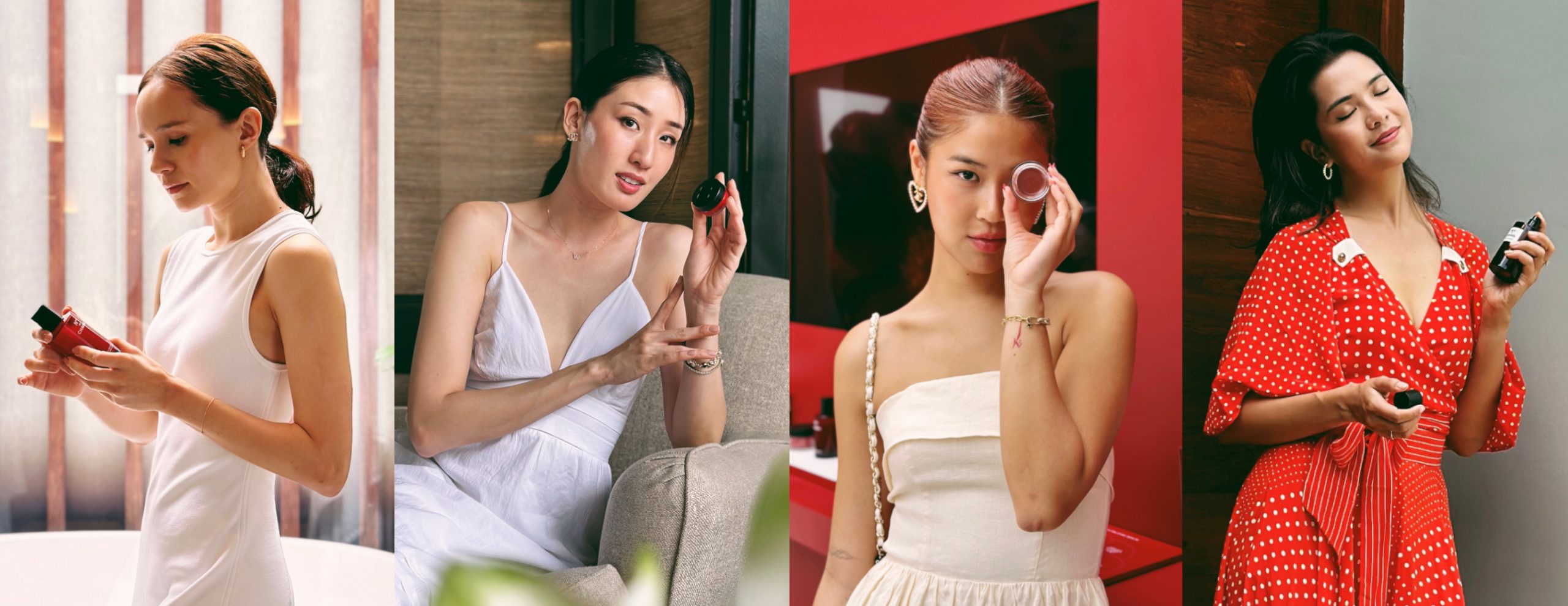
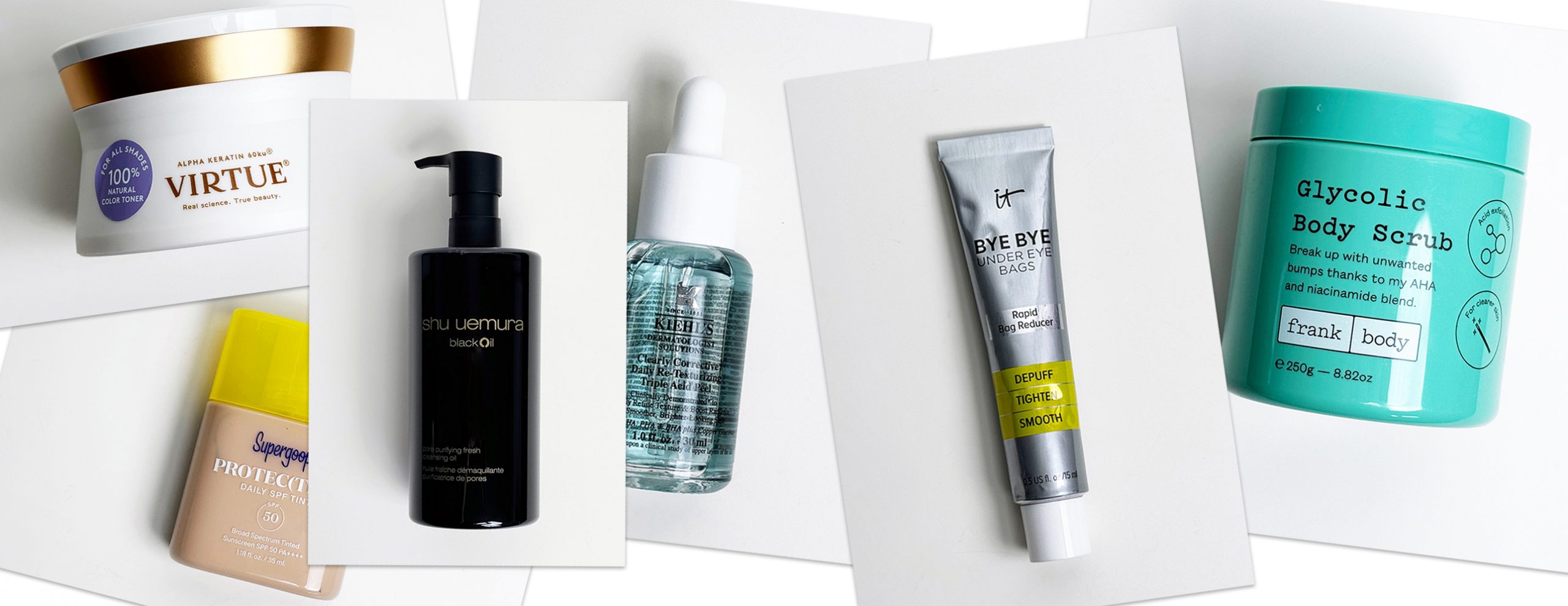
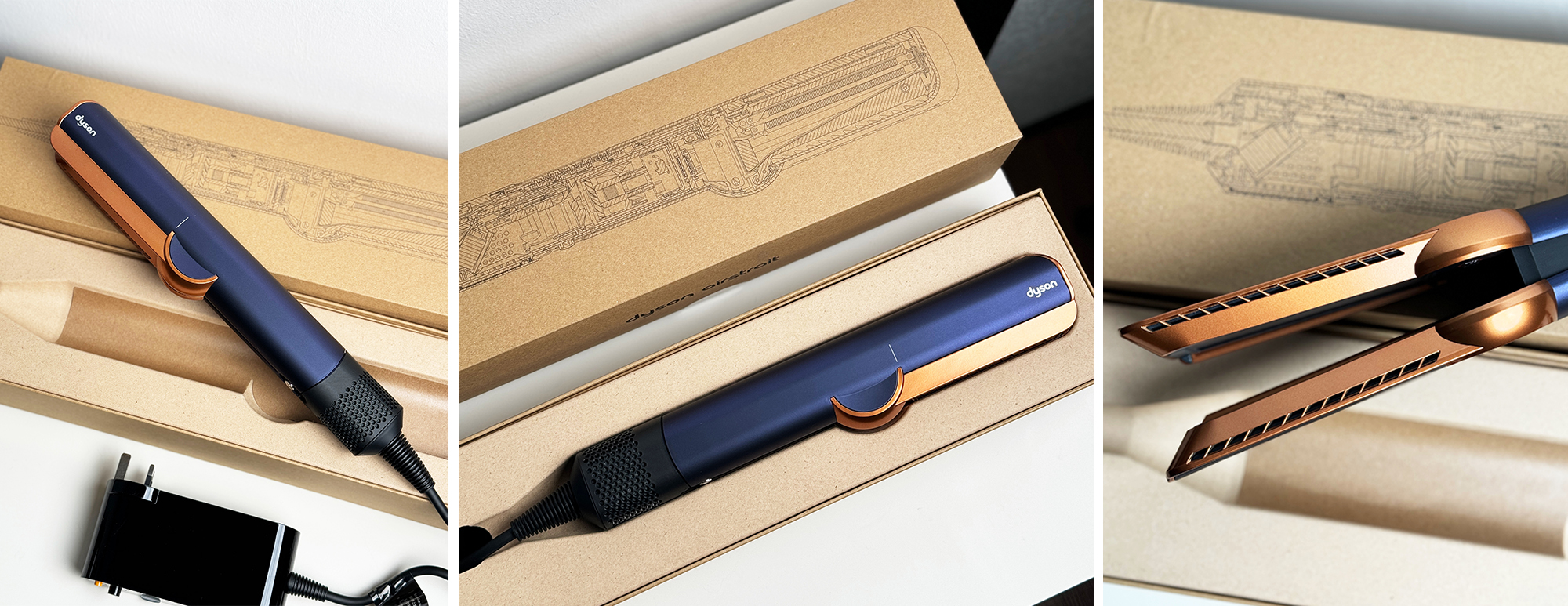
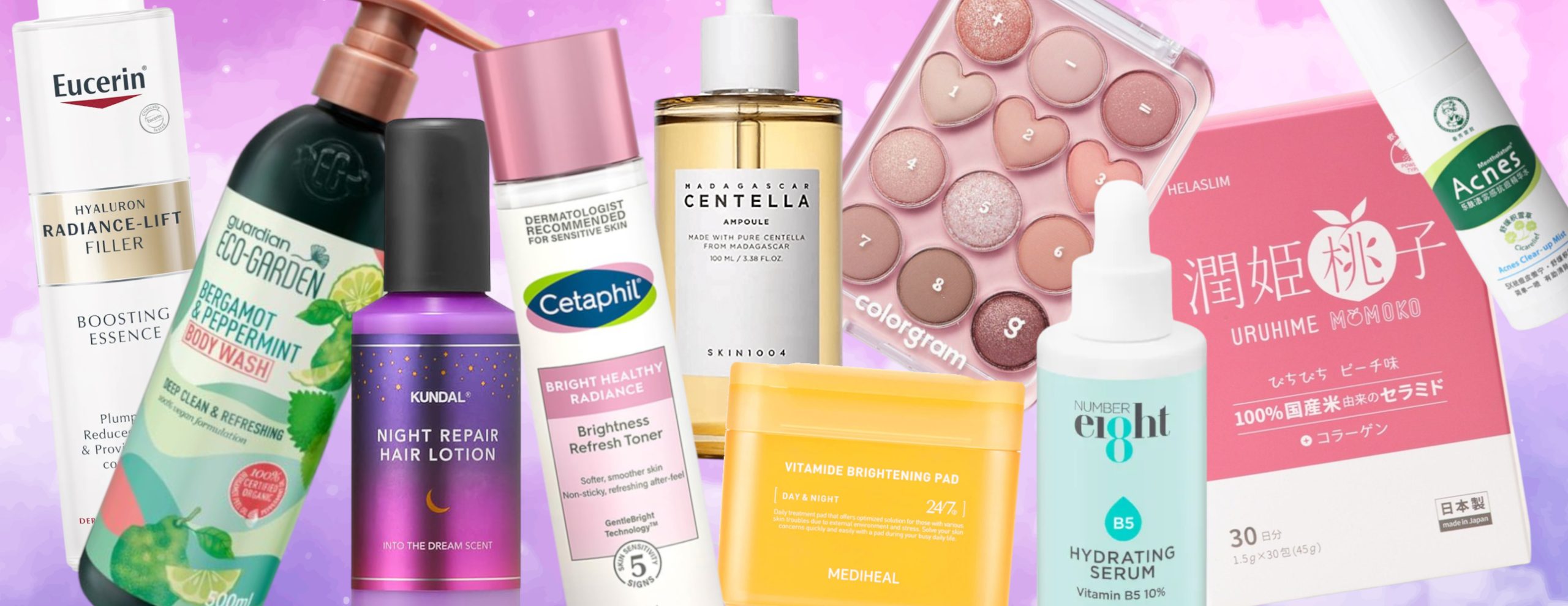

You must be logged in to post a comment.